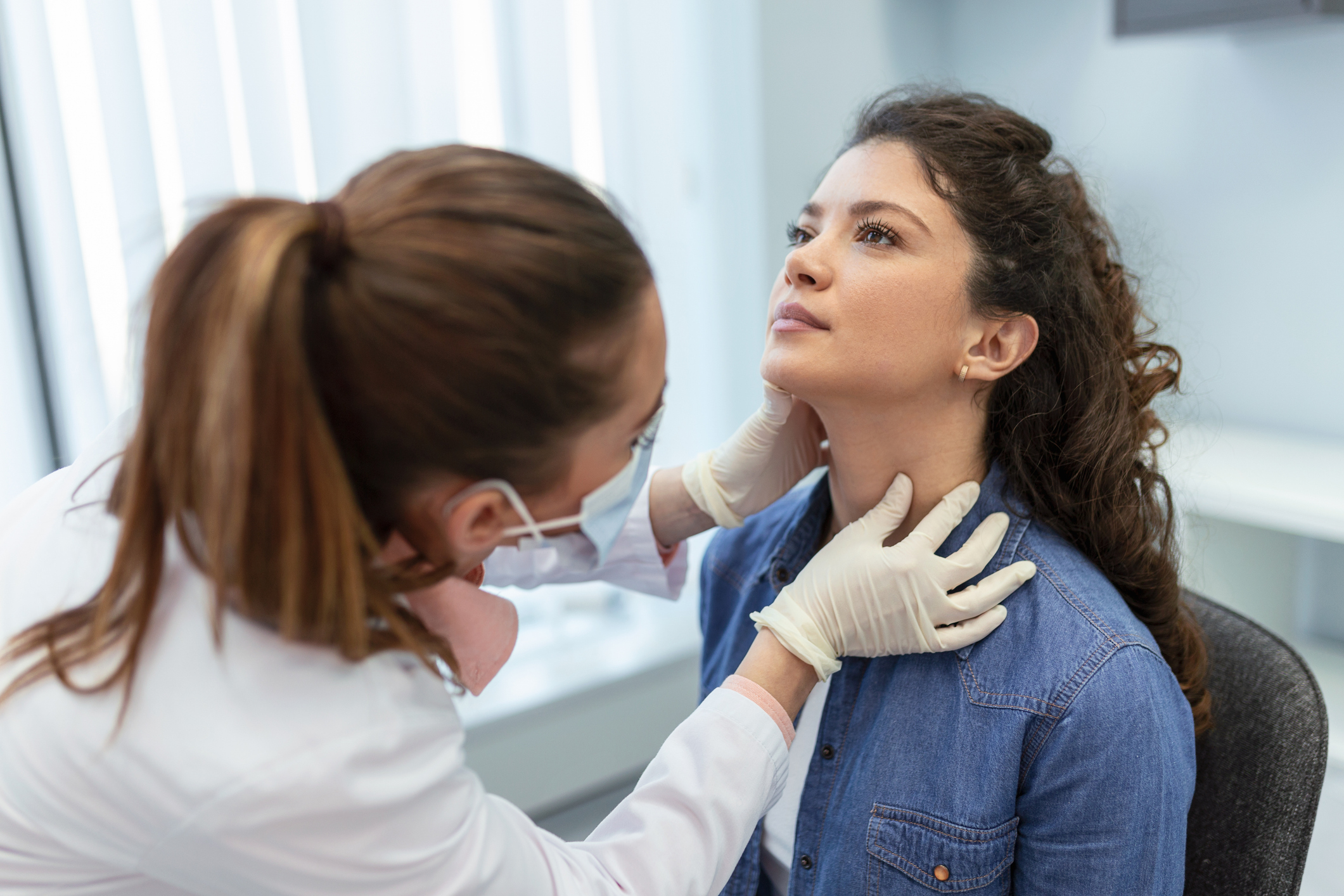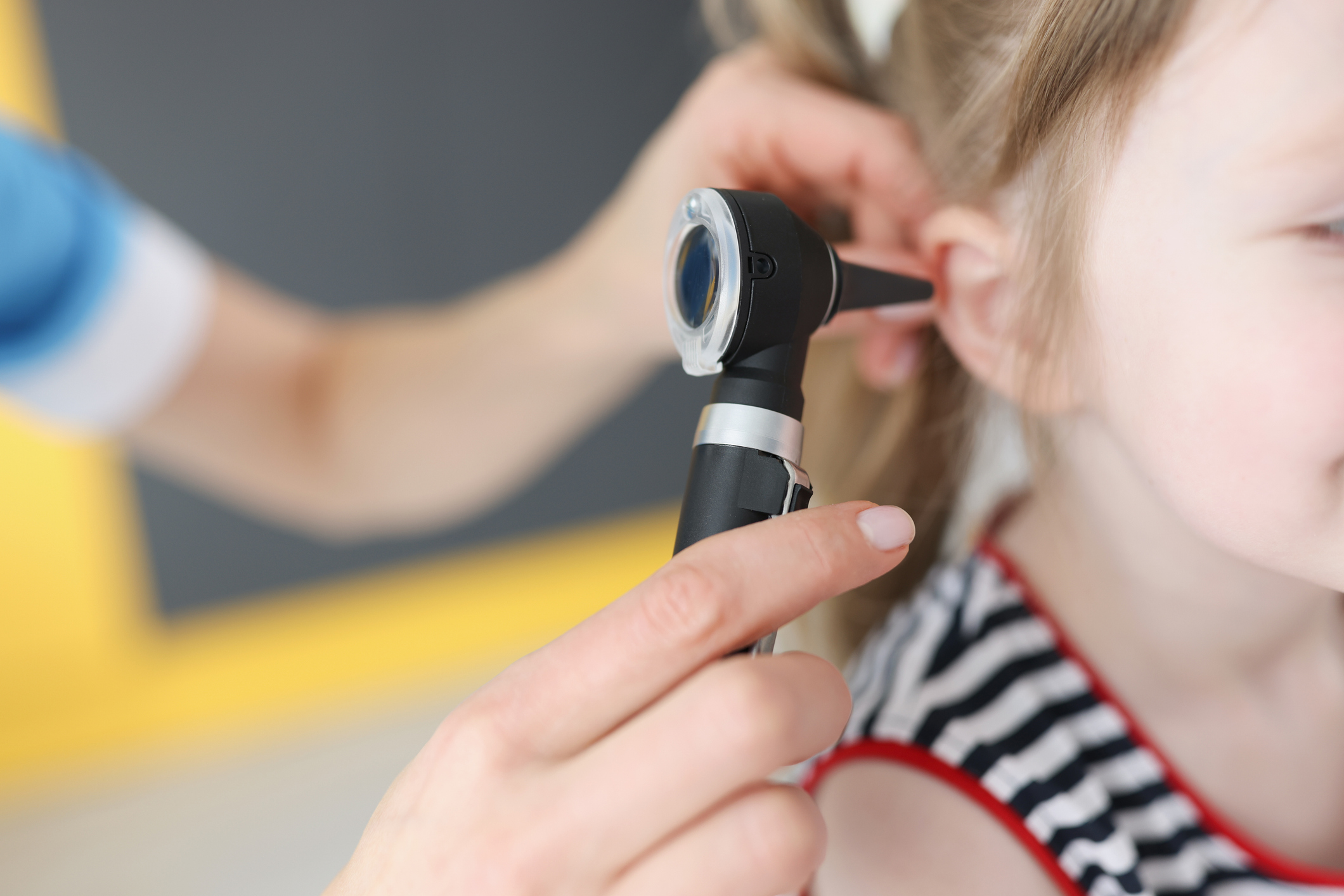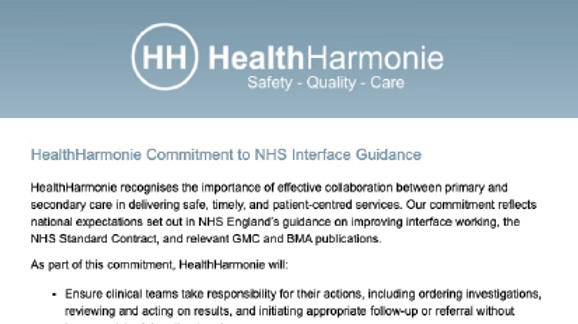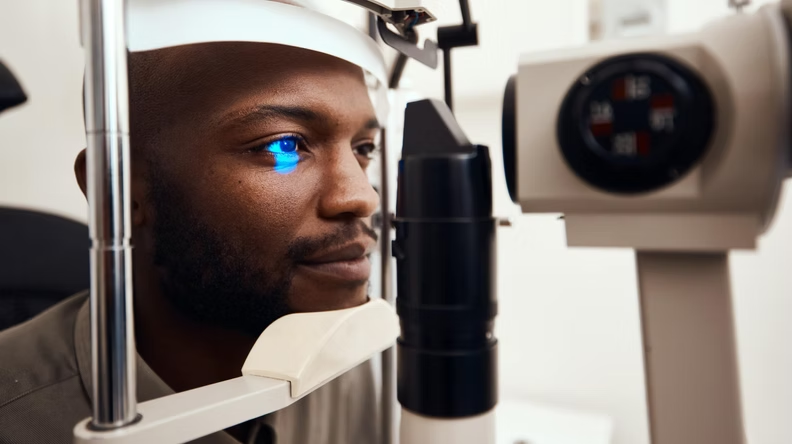Healthcare bosses and commissioners are facing an ever-increasing demand to provide high quality, safe healthcare services to a growing population that is living longer. Service users are more informed about their health conditions and needs and their expectations of what that service should be like. Women’s healthcare is no different. One such need is that of dysfunctional uterine bleeding or abnormal menstrual bleeding.
Outpatient hysteroscopy is a very common procedure within the hospital setting but options are now available in some areas where the same service is available within a non-hospital community setting that is patient orientated and cost effective. In a randomised controlled trail, Marsh, F. et al (2000), demonstrated that outpatient hysteroscopy has economic benefits for women, the NHS and society at large e.g. less time off work, reduced loss of income, reduced travel cost and reduced NHS cost.

Satisfaction among conscious women having an outpatient hysteroscopy were higher than those undergoing the same procedure under a general anaesthesia on a day-case list (Kremer et al, 2000).
Community-based out-patient hysteroscopy offers a safe, convenient and cost-effective means of diagnosing and treating abnormal uterine bleeding, aiding the management of other benign gynaecological conditions. Possible risks include pain, feeling faint or sick, bleeding, infection (1 in 400) and uterine perforation. The risk of uterine perforation is much lower than having the procedure done under a general anaesthetic (fewer than 1 in 1000). Patients are advised to take a non-steroidal anti-inflammatory (NSAID) like Ibuprofen, provided it is not contra-indicated, an hour before their appointment time to aid pain relieve post-procedure. Women can return to work the following day.
If you would like to know more about community-based out-patient hysteroscopy, please do not hesitate to contact us via our contact us page.











